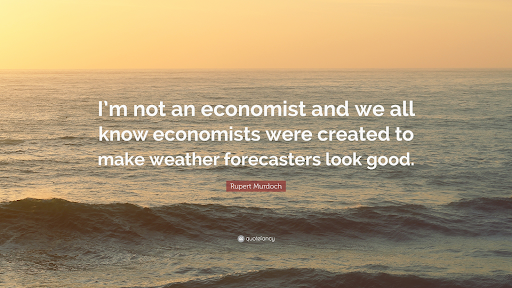Nuclear Reactors That Could Save The World
November 7, 2019
Despite the emergence of recent movements to combat climate change, coal, a major source of carbon dioxide emissions that are driving global warming, still makes up 38% of the world’s power. In fact, this figure remains unchanged from 20 years ago, when the first global climate treaty, which stated that the parties involved would make a move to address climate change, was signed. As emission levels remain the same, many frustrated researchers have formulated the same solution: nuclear power. Scientists and economists have found that one of the best options to deal with this dilemma is with small modular reactors and Generation IV reactors.
Researchers for the United Nations have recently discovered that to keep the increase of the temperature of the Earth under 1.5 °C, it would require a significant increase in nuclear energy—it has no greenhouse gas emissions. Greenhouse gas emissions, such as methane, nitrous oxide, and ozone, have yet to drop; in fact, they have actually risen by 2.7% in the last year.
Researchers have also concluded that it would fulfill the increasing energy needs of a growing population like that of the United States. Nuclear power plants produce no greenhouse gas emissions or air pollutants; it follows that using nuclear power would prevent the emission of nearly 2 billion tons of carbon dioxide each year, equivalent to disposing of 400 million cars. However, most of the world is heading in the opposite direction. In fact, Italy voted to prevent any future nuclear power projects in 2011, and Germany has decided to shut down all of its power plants by 2022.
As a result, the Union of Concerned Scientists (UCS) has raised concerns that “If the current situation continues, more nuclear power plants will likely close and be replaced primarily by natural gas, causing emissions to rise.” Estimates further suggest that if all plants shut down, carbon dioxide emissions would increase by 6%. At this critical point, instead of continuing to question whether nuclear power should be supported, Edwin Lyman, the acting director of the UCS’s nuclear safety project argues that “A more practical question is whether it is realistic that new nuclear plants can be deployed over the next several decades at the pace needed.”
In early 2018, there were 75 different advanced nuclear fission projects in progress, each attempting to resolve the shortage of nuclear plants. All these projects utilized the same process used in normal nuclear reactors: splitting atoms or fission. Fission is the splitting of the nucleus of an atom to release large amounts of energy.
One of the newest technologies in this movement is actually a small modular reactor, or SMR. The SMR is a skinnier version of the usual fission systems, reputed to be safer and cheaper. Because of their “off the shelf” components and smaller size, it allows for an overall reduction in price. An SMR also has a longer lifespan compared to advanced fission and fusion reactors.
NuScale Power, a manufacturer of nuclear reactors, has a 60-megawatt SMR design that is close to being, which is a lot less than the average 1,000-megawatt design. NuScale has a plan to install 12 of its SMRs to provide energy to 46 utilities across the US.
NuScale’s current initiative echoes that of Generation mPower, an SMR developer had put a similar deal into motion in 2011. Although Generation mPower had the backing of major corporate owners, the project was abandoned after 3 years because there were no customers, resulting in a shortage of funds.
Other companies are exploring options other than the SMR—they have also been developing alternative coolants for generation IV reactors and molten-salt reactors, projects that are nearing completion.
However, despite their advanced technology and ability to reduce greenhouse gas emissions, reactors have not been deployed anywhere besides China or Russia. Additionally, most voters around the world don’t believe that nuclear power companies would be able to develop and install nuclear reactors without incident. Companies advertise that they would be able to reduce the expensive costs of nuclear energy by making factory-built reactors, but none have been able to do so.
The largest advances these companies have made so far have come from highly centralized, high-risk, state-driven plans. Most, including Chris Mowry, CEO of General Fusion, a Canadian company that is currently developing a fusion power device, argue that fission just inherently has too many flaws to actually work well. Fueling the anti-nuclear camp is also a lack of awareness about the difference between fusion and fission.
While nuclear power has ample support, it has many skeptics as well. Whether the push for nuclear power will come to fruition still remains unsure, but one thing is for certain: the outcome of this decision will inevitably affect the future of the entire planet.

